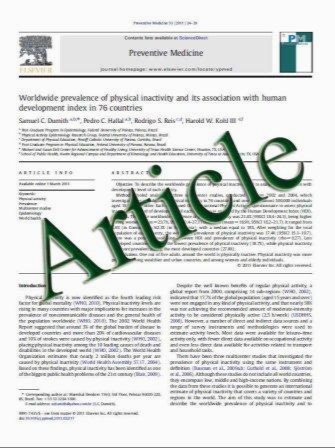Features of corneal neovascularization and lymphangiogenesis induced by different etiological factors in mice
- نوع فایل : کتاب
- زبان : انگلیسی
- مؤلف : Weiyun Shi & Chunping Ming & Juncai Liu & Ting Wang & Hua Gao
- چاپ و سال / کشور: 2010
Description
Purpose To analyze the features of corneal neovascularization and lymphangiogenesis induced by different etiological factors. Methods A total of 150 mice were randomly divided into five groups to establish models of corneal neovascularization and lymphangiogenesis by alkali burn, suturing, fungal infection, bovine serum albumin (BSA) injection, and tumor cell implantation, respectively. Morphology and length and quantity of corneal neovascularization were monitored daily by slit-lamp microscopy. Histopathological changes were evaluated on days 1, 3, 7, and 14. New lymphatic vessels stained by LYVE-1 and neovascularized vessels stained by anti-CD31 monoclonal antibody were observed on days 3, 7, 14, and 21. Expression of VEGF-A, VEGF-C and VEGFR-3 in corneal tissue was detected by semi-quantitative RT-PCR on days 7 and 14. Results The shape of corneal neovascularization was dendritic in the alkali burn model, elongated in the suturing model, mushroom-like in the fungal infection model, broadband-like in the BSA injection model, and umbrellalike in the tumor cell implantation model. Inflammatory cells appeared from day 1 and accompanied neovascularization from day 3 to day 14. When the inflammatory cells retreated, neovascularization was seen in the corneal stroma. The onset of lymphangiogenesis was later than neovascularization in all groups. The pathologic lymphatic vessels grew slowly in the fungal infection and tumor cell implantation models and at a high density in the BSA injection model. When the area of neovascularization and lymphatic vessels increased, the expression of VEGFs maintained to be effective. Conclusions Corneal neovascularization and lymphangiogenesis induced by different etiological factors show different growth patterns. Inflammatory reaction plays a part in the induction of corneal neovascularization. A certain level of VEGFs in corneal tissue may sustain the presentation of corneal neovascularization and lymphangiogenesis
Graefes Arch Clin Exp Ophthalmol (2011) 249:55–67 DOI 10.1007/s00417-010-1442-6 Received: 19 August 2009 / Revised: 17 May 2010 / Accepted: 19 June 2010 / Published online: 17 July 2010


